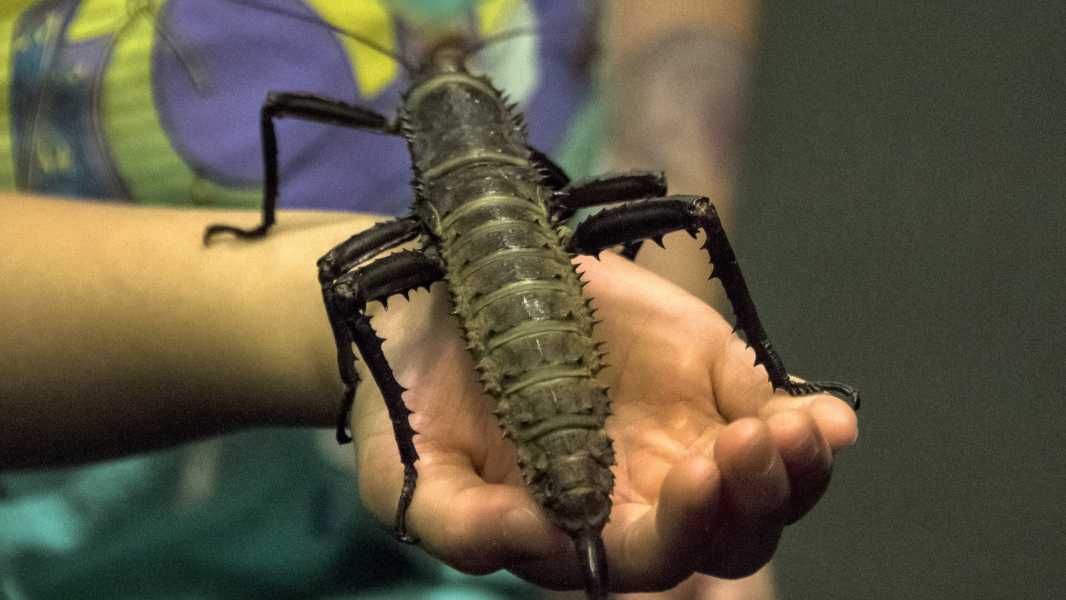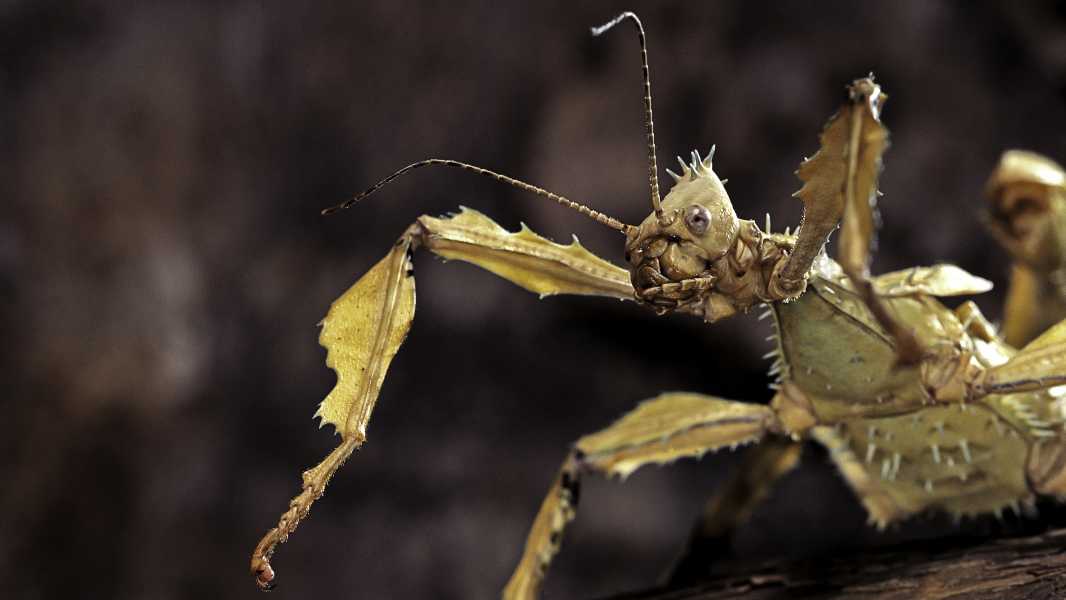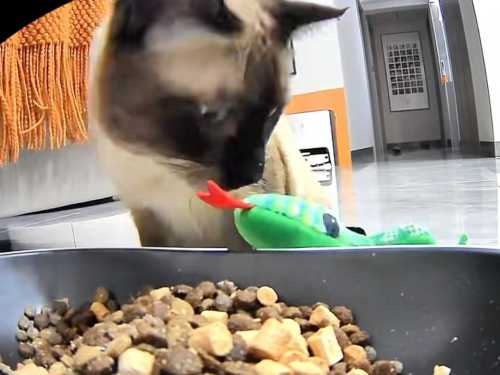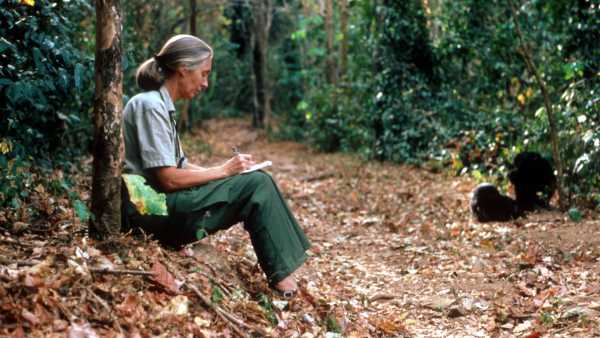
The spiny insect is the devil's wand. (Photo credit: Mark Newman via Getty Images)
The researchers found that the stick insects continue to evolve, re-acquiring the same unusual body structures. This evolutionary approach has enabled scientists to predict future transformations of these creatures.
The study identified 20 different body shapes that hundreds of stick insect species have independently evolved. These shapes include “tree lobsters,” which have lobster-like features; “bark huggers,” which camouflage themselves as trees; and “big-headed stick insects,” which have massive jaws, or mandibles.
Similar body shapes continue to emerge around the world because many lineages of stick insects have colonized similar habitats and require similar traits to survive. These shared traits allow scientists to predict the evolution of stick insects, even though the species evolved independently over tens of millions of years, according to a new study published Monday (Dec. 23) in the journal PNAS.
“We’re really exploring the predictability of evolution,” study lead author Romain Boisseau, a stick insect evolution researcher at the University of Lausanne in Switzerland, told Live Science. “If you have a similar lineage that’s entering a very similar environment, you can actually predict which direction it’s going to go.”
When different organisms develop similar characteristics, it’s called convergent evolution. Previous research has shown several examples of convergent evolution among stick insects. For example, a 2008 study published in the journal Proceedings of the Royal Society B found that Australia’s Lord Howe Island stick insects (Dryococelus australis), once thought to be extinct, independently evolved the same “tree lobster” form as New Guinea’s spiny devil stick insects (Eurycantha).
However, Boisseau stressed that no one had conducted a large-scale study of convergent evolution among different stick insect lineages. To understand how widespread convergent evolution is, the team measured and compared the characteristics of 1,359 stick insects from 212 species.
Boisseau and his colleagues found that 20 of the 21 body plans arose at least twice in different regions, and the general rod shape appeared at least 10 times.
“Different body forms seem to have evolved independently and repeatedly in different parts of the world,” Boisseau said.

Sourse: www.livescience.com





